Sponsored by AdmesyFeb 27 2018
To understand the different types of light measurement equipment, it is important to know the fundamentals of light in terms of physics and human perception. Light is quantified in absolute quantities in terms of physics and quantities based on the response of the human eye.
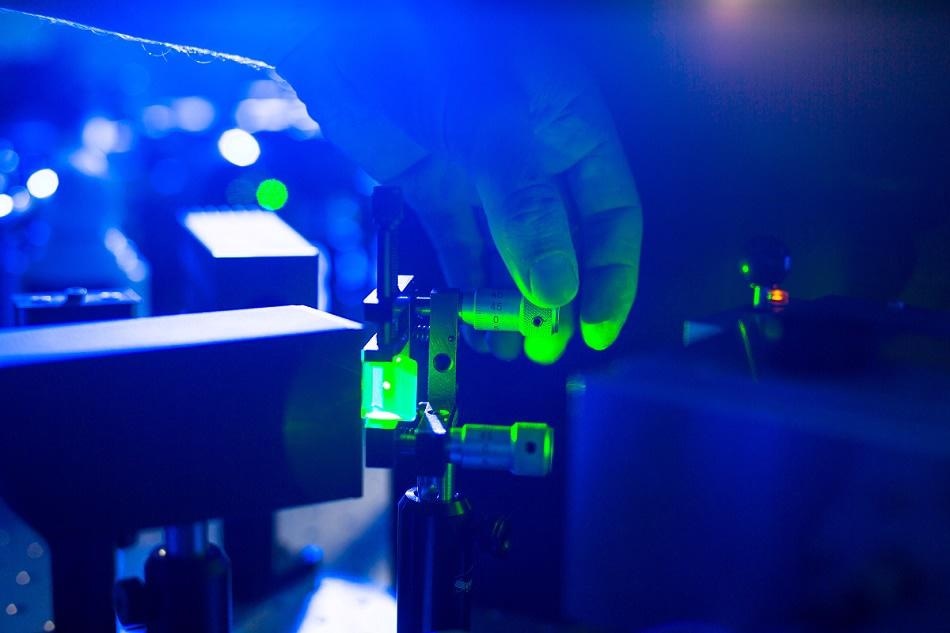
Image Credit: lightpoet/shutterstock.com
Since light is usually expressed in wavelengths in the application areas supported by Admesy, this article describes the light measurement equipment from the perspective of wave theory.
Light Meters
Photometers or light meters are radiometers that include a filter and photodiode and responds based on the average human eye: the CIE 1924 luminosity function Vλ.
However, the light sensitive diode has its own unique spectral response which varies from the luminosity function. In order to closely match the spectral sensitivity with Vλ, optical filters are specifically used. It is the accuracy of the combined photodiode and filter response that determines how well the light meter and the luminosity function match.
The f1’ Value
Deviations between the luminosity function and light meter is expressed in the f1’ value. Generally, the lower the f1’ value indicates that the deviation is smaller and that the device is better. When measuring light sources with a similar spectral response as the light sources used for calibration, the effect of the f1’ value is less obvious.
However, a larger f1’ value proves to be a major problem when measuring light sources with different spectral distributions, for instance when drawing a comparison between white LED light sources and incandescent lamps.
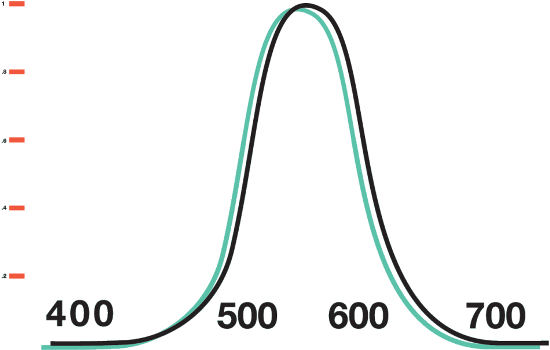
f1’ Value. Image Credit: Admesy
Tri Stimulus Colorimeters
Similar to a light meter, tri-stimulus colorimeters also cover the luminosity function Vλ. In addition to this ȳ(λ) function, colorimeters also cover additional x̄(λ) and z̄(λ) functions which stand for extra sensitivity in the red and blue spectral areas, respectively and have three types of sensors in total.
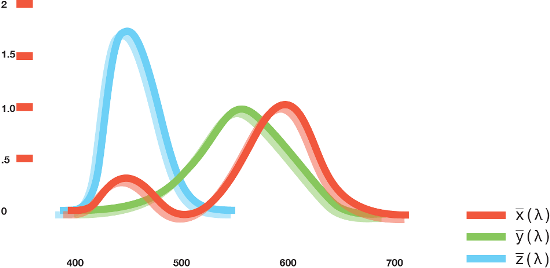
Image Credit: Admesy
In 1931, the CIE has defined all the three functions based on the 2° Standard Observer. Experiments were performed to establish the average human eye response for red, green and blue, leading to the CIE tri-stimulus values X,Y and Z.
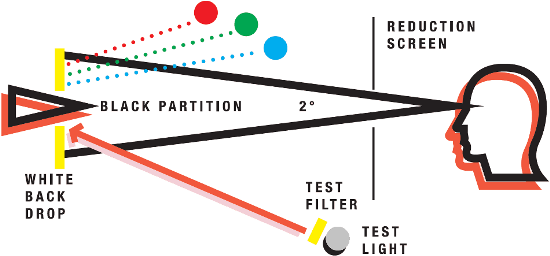
In the 1960s, these experiments have been repeated with a 10 degree viewing angle resulting in different values. Corresponding to the experiment conditions, this is known as the 10 degree standard observer. Image Credit: Admesy
The 2° Standard Observer
The model of the 2° Standard Observer was the result of experiments by Wright and Guild, performed with a select group of people checking and matching several colors against the colors produced using tuneable light sources.

Image Credit: Admesy
At that time, it was normally assumed that all cones were located within the fovea of the eye with a field of view of 2 degrees. Due to this reason, the experiments were performed by looking through a small aperture which corresponded to a viewing angle of 2 degrees, and hence the name.
The results from this experiment as well as the previous findings from CIE 1924 [Vλ] were used to define tri-stimulus x̄(λ), ȳ(λ) and z̄ (λ) functions.
Mixing Light
Additive Mixing
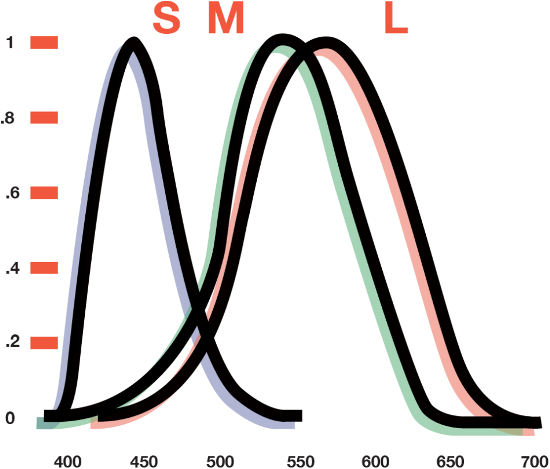
Image Credit: Admesy
While the actual human eye response for short, mid and long wavelengths [shown above] is slightly different from the x̄(λ), ȳ(λ) and z̄(λ) functions, the 1931 model is still recognized and used as a standard. Regardless of the differences in response, the x̄(λ), ȳ(λ), and z̄(λ) functions are based on the three component theory of human color vision – a theory that states humans see various colors by mixing the responses of the three different types of cone.
Within the human eye, each cone type responds to certain regions in the visible spectrum with peak responses in either the blue, green or red part of the visual spectrum.
All three cone types are then triggered in different proportions to distinguish different colors. In addition, the color range includes white light as an additive mixture of all three primary colors.
Adding the different primaries, blue, green and red to create colors is called additive mixing and is relevant to luminous objects like light sources or displays. Yellow, cyan and magenta are the mixed colors of two primaries and are known as secondaries. This gives an additive mixing color wheel as shown below.
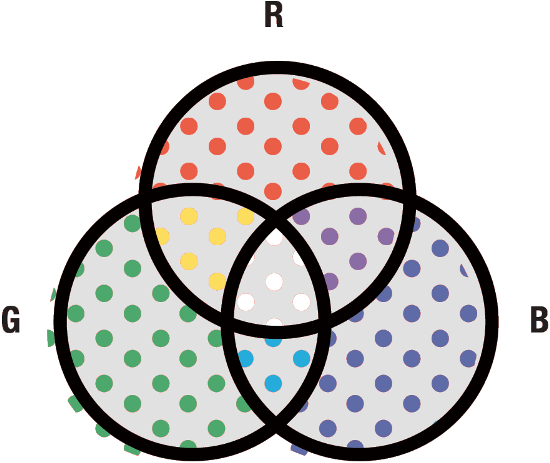
Image Credit: Admesy
Subtractive Mixing
Subtractive color mixing typically applies to illuminated objects that reflect light. Based on the color and properties of an object, certain wavelengths of the incoming light are absorbed, i.e. subtracted from the light, or transmitted in case of translucent objects, and a part is reflected.
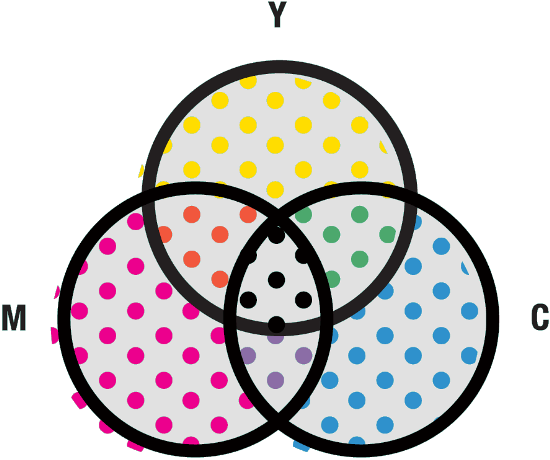
Image Credit: Admesy
For instance, red objects absorb most of the shorter wavelengths [blue and green] and reflect mostly longer wavelengths [red] when illuminated by broad band [white] light sources. Since the reflected light contains mostly longer wavelengths, the blue and green cones are triggered less and the red cones are triggered more which results in the object being perceived as red.
Industries related to dyes, ink and pigments make use of the concept of subtractive mixing wherein the secondaries of additive mixing are used as primaries.
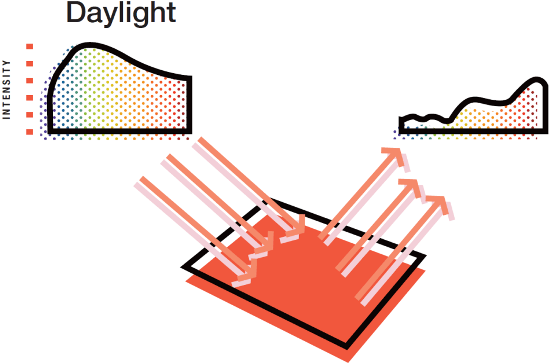
Example of red object illuminated by daylight and proportions of wavelength being reflected. Image Credit: Admesy

 Download Admesy's Guide to Light for More Information
Download Admesy's Guide to Light for More Information

This information has been sourced, reviewed and adapted from materials provided by Admesy.
For more information on this source, please visit Admesy.